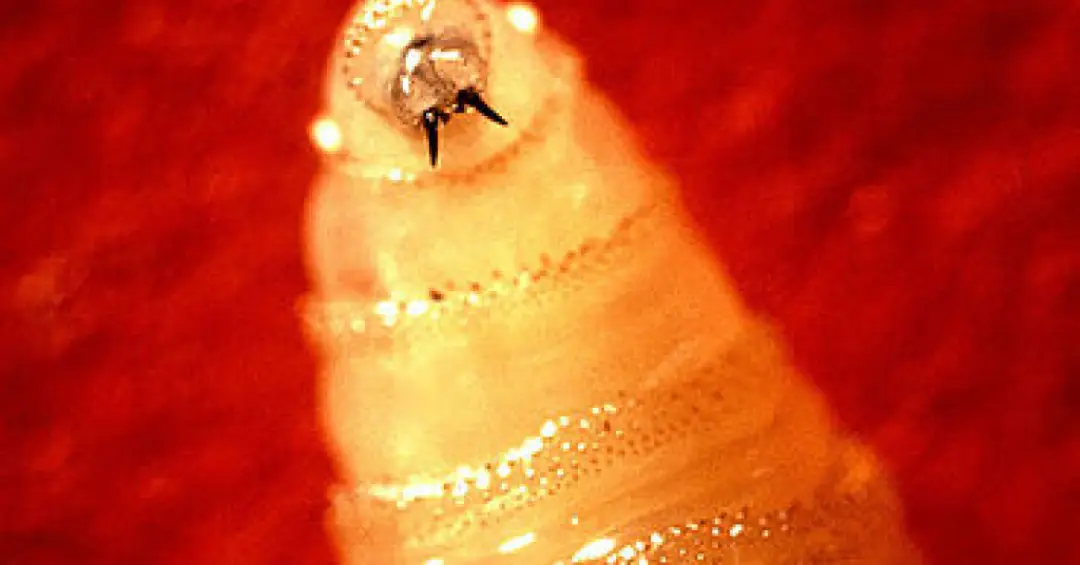
Health authorities in the United States have confirmed the country’s first human case of infestation by the New World screwworm fly, scientifically known as Cochliomyia hominivorax. This parasitic insect is notorious for its aggressive behaviour, particularly its tendency to consume living tissue rather than dead matter, making infections especially dangerous.
The patient had recently returned from a trip to El Salvador, and the diagnosis was confirmed in early August through a joint investigation by the Centers for Disease Control and Prevention (CDC) and Maryland’s state health department. The condition is classified as a specific type of myiasis—an infection caused by fly larvae penetrating the body.
While the fly is a longstanding threat to livestock in South America and parts of the Caribbean, its range has expanded northward in recent years, with sporadic cases now reported across Central America, including Mexico. However, human infestations remain exceedingly rare.
According to US officials, the general public faces minimal risk, as the parasite is not established within the United States. The primary concern lies with travellers to affected regions, particularly individuals with open wounds, which attract the flies for egg-laying.
Rural areas with livestock are most vulnerable, as cattle serve as the parasite’s preferred host. In animals, the condition—commonly referred to as “bicheira”—can be fatal if left untreated. In response, the US Department of Agriculture has mobilised a large-scale task force in collaboration with international agencies, including the United Nations’ Food and Agriculture Organization, to prevent the parasite from gaining a foothold in North America.
The economic implications of a widespread outbreak could be severe. The US livestock industry is valued at over £78 billion, and an infestation could lead to substantial losses due to animal deaths and tissue damage caused by the larvae.
For humans, prompt medical intervention is essential. Treatment typically involves the careful surgical removal of each larva from the affected tissue. While distressing, the condition is treatable if diagnosed early. Ongoing epidemiological surveillance remains vital to detect and contain any future isolated cases.

